The mechanism for direct electricity trading between renewable energy generators and large electricity users (DPPA) is stipulated in Decree 80/2024/ND-CP. However, many electricity industry experts are cautious when assessing the possibility of implementation in practice.
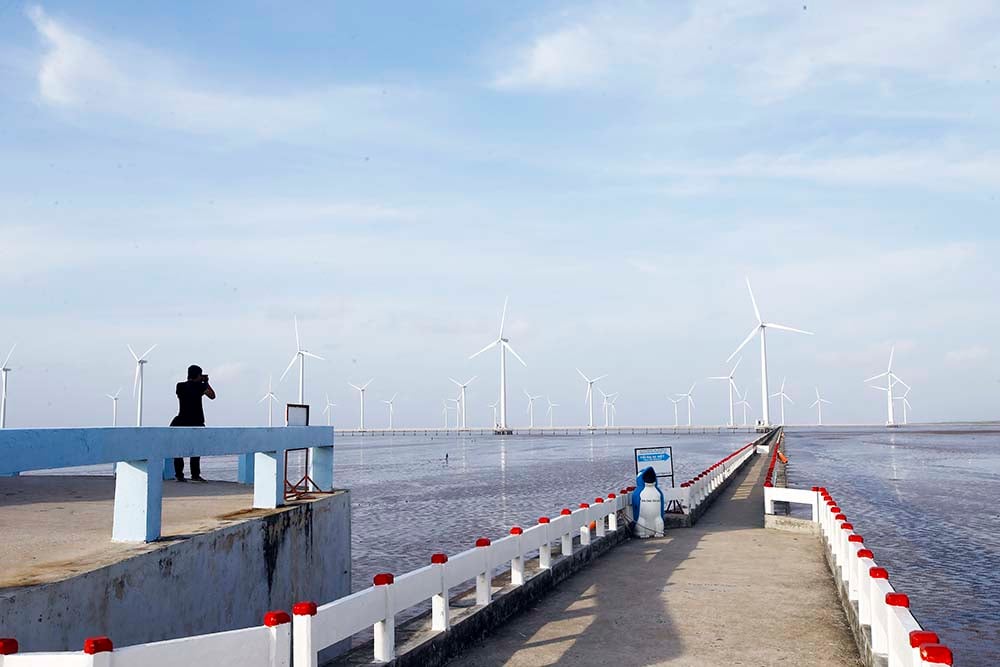 |
| New regulations allow renewable energy generators and large customers to buy and sell electricity directly |
Clean electricity running around the clock: 27 UScent/kWh
One of the two forms of DPPA is the direct power purchase and sale via a private interconnection line. Accordingly, the renewable energy generator and the large electricity consumer will sign a power purchase and sale contract and receive and deliver electricity via a private interconnection line and not connected to the national electricity system.
Commenting on this form, electricity experts said that large customers with production scale using over 200,000 kWh/month will rarely choose this form, because production and business activities require continuous and stable electricity.
“It is possible that in concentrated industrial zones, there is a DPPA through a separate line between rooftop solar power and customers in the industrial zone, but outside of industrial zones, where can we find a corridor to build a separate line? If large electricity customers such as cement, steel rolling... go to places where there are solar or wind power plants in Ninh Thuan or the Central Highlands to use electricity, then it may be possible to apply with a significant output. However, it should be noted that wind power and solar power cannot meet the needs of cement and steel rolling customers at all times,” said an expert with more than 30 years of experience in the electricity industry.
In addition, Decree 80/2024/ND-CP allows large electricity customers to buy and sell electricity with the Electricity Corporation (or electricity retailers other than the Electricity Corporation) in addition to direct electricity trading via private connection lines according to regulations.
However, the power purchase contracts that the electricity industry has signed with large customers for a long time all have commitments on the amount of electricity used as well as the capacity so that the electricity industry knows how to invest to ensure stable and continuous power supply for customers. With the unstable nature of renewable energy without accompanying storage, large customers certainly do not dare to buy electricity from renewable energy enterprises with their own lines, because then they will encounter a situation where either the electricity industry does not commit to providing electricity compensation during the time of using renewable energy, but the capacity and output will decrease due to the "natural" nature, or they will have to accept a higher price for the electricity industry to be ready at the door to compensate when renewable energy fluctuates due to the weather.
“There is no way the electricity industry would invest in power lines and transformer stations without knowing when and how much it would sell, because all of these costs are included in the electricity price and the current average electricity price that Vietnam Electricity Group (EVN) sells according to State regulations is facing the challenge of not being able to cover the cost of producing and purchasing electricity,” commented Mr. Manh T., who works in the electricity business.
Also sharing the reality of rooftop solar power investment research, energy expert La Hong Ky has a different perspective. According to Mr. Ky, through collecting data from dozens of rooftop solar power systems in the North, it shows that the average number of sunshine hours in this area is less than 3 hours/day and is calculated to be just over 1,000 hours a year. Meanwhile, 1 year has 8,760 hours (365 days x 24 hours) all needing electricity ready to turn on. Thus, investing in rooftop solar power in the North to supply electricity according to the DPPA model with a separate line is certainly not attractive compared to buying electricity supplied by EVN.
For businesses that want to choose solar power for stable production, the cost is also very high.
“We have calculated that if we run entirely on solar power to generate electricity day and night independently without needing to connect to the grid, then to have 1 MW of stable and continuous electricity generation, we need to invest 4 MW and a corresponding storage system. Thus, the electricity price must be about 27 US cents/kWh,” said Mr. Dang Q., from a business developing solar power systems.
Of course, the selling price of electricity up to 27 US cents/kWh is even more difficult to compare with the purchase of electricity originating from EVN through distribution corporations or electricity trading companies with peak hour prices according to State regulations, the highest is only over 3,000 VND/kWh (voltage level 22 kV and 3 phase).
Direct, but still need EVN in the middle
In the DPPA model but through the national grid, the renewable energy generator will sign a power purchase contract on the spot electricity market with EVN and will be paid by EVN according to the signed contract.
Large electricity customers will also sign electricity purchase contracts with EVN's power corporations and make payments to EVN.
“Many people think that EVN has a monopoly, so they think that if there is a DPPA, renewable energy enterprises and large customers can sign electricity purchase contracts directly with each other and do not need to go through EVN. But if according to the regulations in Decree 80/2024/ND-CP, EVN is still required to have a relationship with the renewable energy seller and EVN has a relationship with large customers. So, what is the meaning of a contract signed directly between renewable energy enterprises and large customers?”, an expert on electricity distribution asked.
Regarding the cost of using the electricity system calculated for a unit of electricity per year (VND/kWh) as prescribed in Article 16, Decree 80/2024/ND-CP, regarding payments between large customers and power corporations under EVN, there are also many points that need to be clarified.
According to experts' predictions, the time for reviewing and approving DPPA costs under Article 16.4 and Annex IV difference compensation costs will also be complicated and lengthy, because EVN will want these costs to be high, while renewable energy units and large customers will certainly want them to be low.
“Currently, the Interdisciplinary Inspection Team annually checks the production and business costs of electricity of the previous year of EVN and publicly announces them, but public opinion still raises many questions about the accuracy, correctness, and completeness of the calculation. So, will large customers accept the unit price calculated by EVN? If they want this unit price to be approved by the Ministry of Industry and Trade , will the Ministry dare to approve it? Especially when the annual operation of the power system has different calculations because it is affected by the water source of hydropower plants (currently accounting for about 20% of the total installed capacity of the system),” a power distribution expert asked.
Also stating that it is necessary to clarify the stability of renewable energy's power supply, Mr. Ky commented that because renewable energy fluctuates up and down according to the weather, while large customers buying electricity need stability, if there is no storage to help stabilize, the 10 MW of electricity that renewable energy sells to the grid will be different from the 10 MW of electricity that large customers buy from the national grid with high stability.
“This needs to be clarified because it will affect the price of electricity. Renewable energy cannot be just sent to the grid and then paid for. The system must be reinforced and these costs must be included in the cost of electricity production for other customers,” said Mr. Ky.
Many things are still "unclear"
Sharing with Investment Newspaper reporters about some issues arising or unclear in Decree 80/2024/ND-CP, experts knowledgeable in electricity operation and distribution said that these issues must be clarified soon so that DPPA can quickly be put into practice.
Accordingly, it is still unclear which renewable energy generators are allowed to participate or refuse to participate in DPPA. It is most obvious that renewable energy generators that are selling electricity to EVN at high FIT prices will not want to participate in the competitive wholesale electricity market and DPPA with large customers. Meanwhile, enterprises with transitional renewable energy projects or those preparing to invest may want to participate.
According to this analysis, EVN will suffer certain losses when low-priced renewable energy generators separate to participate in the electricity market and DPPA, while high-priced renewable energy generators continue to maintain their existing power purchase contracts with EVN.
From the perspective of the distribution corporation, experts also believe that there will be losses when large customers with high electricity purchase prices sign DPPA with renewable energy units to reduce electricity purchase costs and only pay a part of the electricity bill according to the current retail price of the Ministry of Industry and Trade to the distribution corporation only when they use more than the output of the term contract with the renewable energy unit.
“The consequence of these two things is that the average cost of EVN/distribution corporation will be higher and other customers who do not participate in DPPA will have to pay higher electricity prices, because with the same revenue/cost pie, if renewable energy units and large customers benefit from participating in the electricity market and DPPA, other customers will have to pay higher prices.
In terms of control, this person also believes that assigning the National Power System Control Center (A0) to control the number of projects/capacity of renewable energy units participating in DPPA according to Article 20.1 to not exceed the capacity room according to the Plan seems unreasonable. The reason is, if there is a risk of exceeding the room, what criteria will be used to select which renewable energy units are allowed to participate?
In addition, how will A0 operate FIT-priced renewable energy plants and renewable energy units under Decree 80/2024/ND-CP? Is A0 allowed to cut plants with more expensive FIT prices to prioritize renewable energy units participating in the electricity market and DPPA under Decree 80/2024/ND-CP? If sued for capacity reduction, will A0 be responsible?
Source: https://baodautu.vn/cho-huong-dan-de-thuc-thi-co-che-mua-ban-dien-truc-tiep-d219608.html






![[Photo] Super harvest moon shines brightly on Mid-Autumn Festival night around the world](https://vphoto.vietnam.vn/thumb/1200x675/vietnam/resource/IMAGE/2025/10/07/1759816565798_1759814567021-jpg.webp)

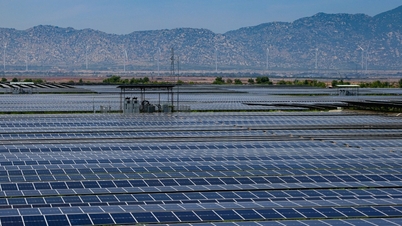

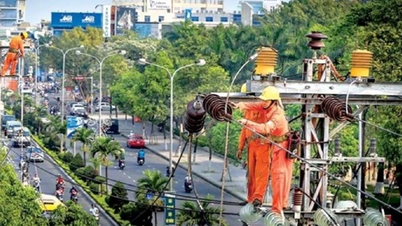

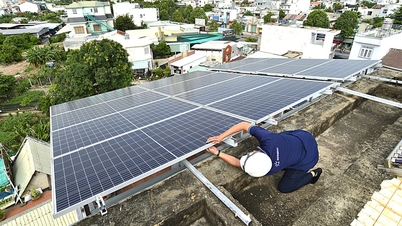



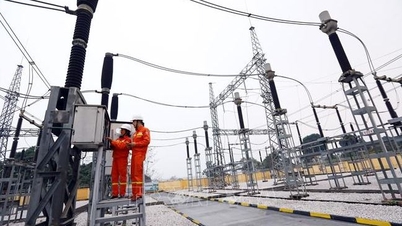
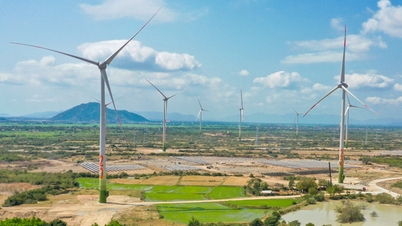

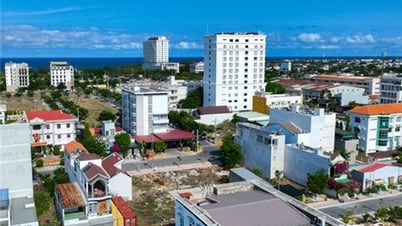





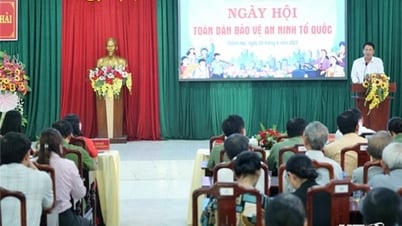
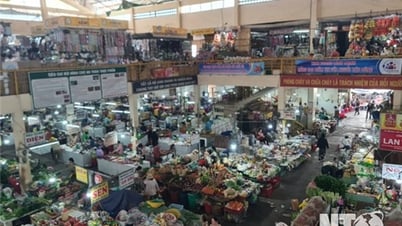























































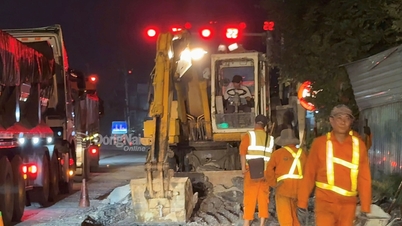





















Comment (0)